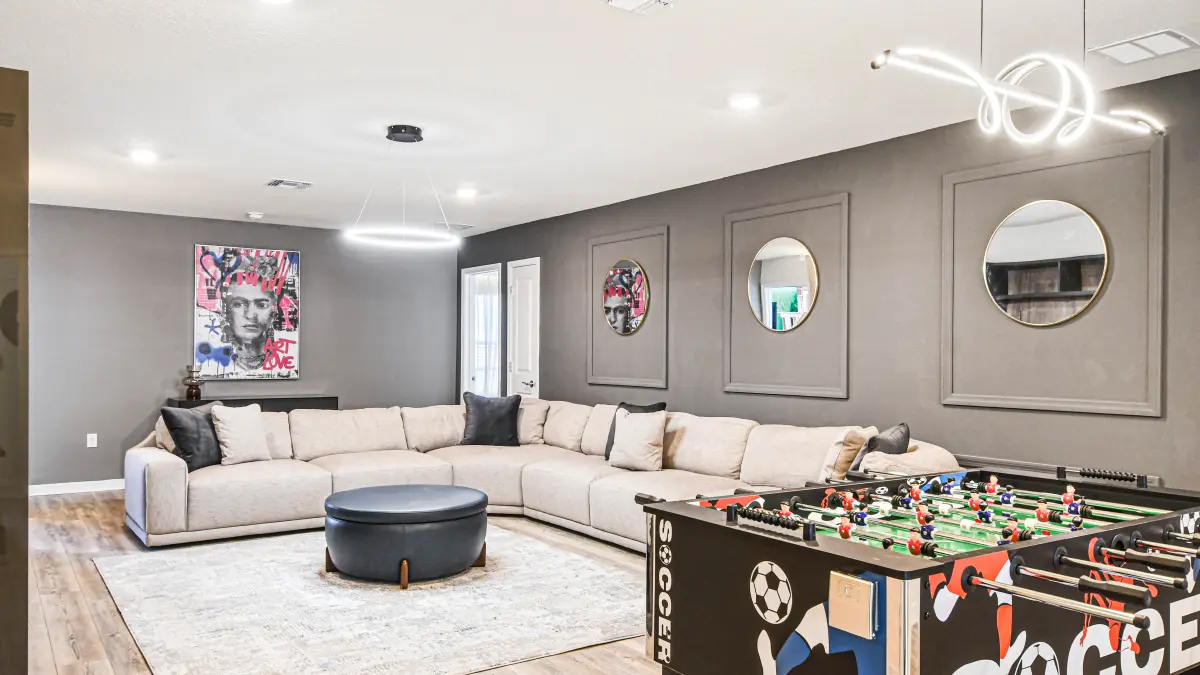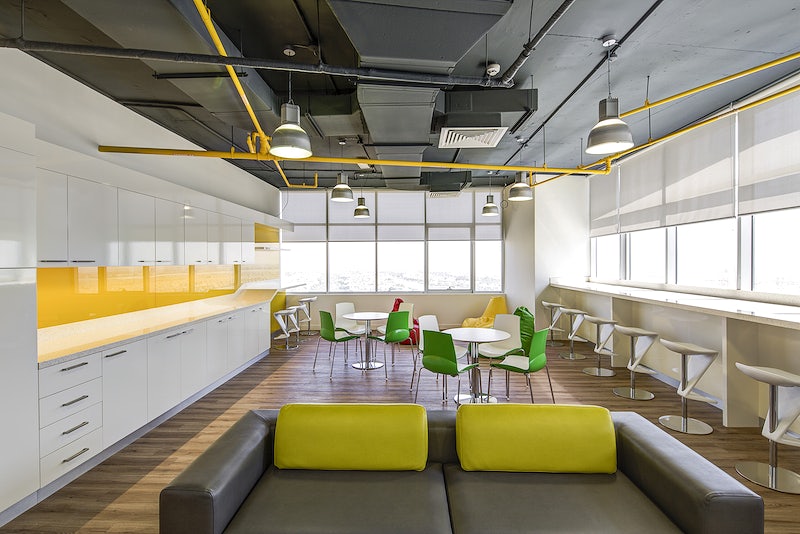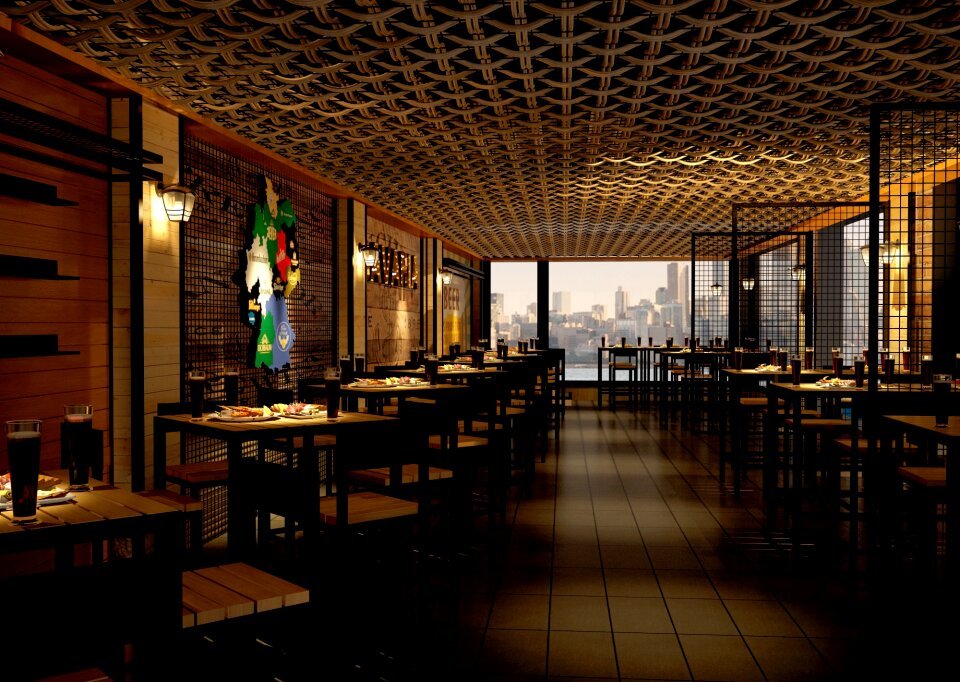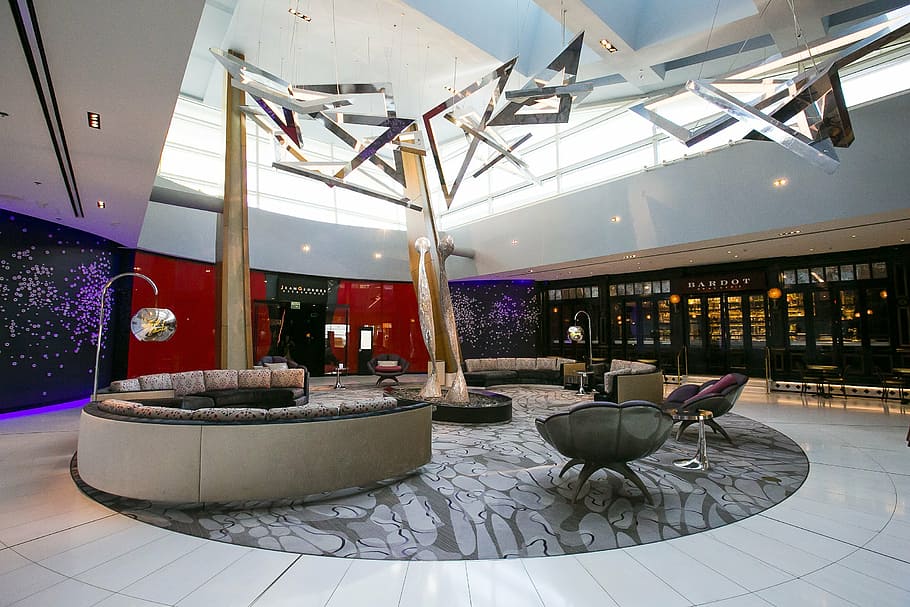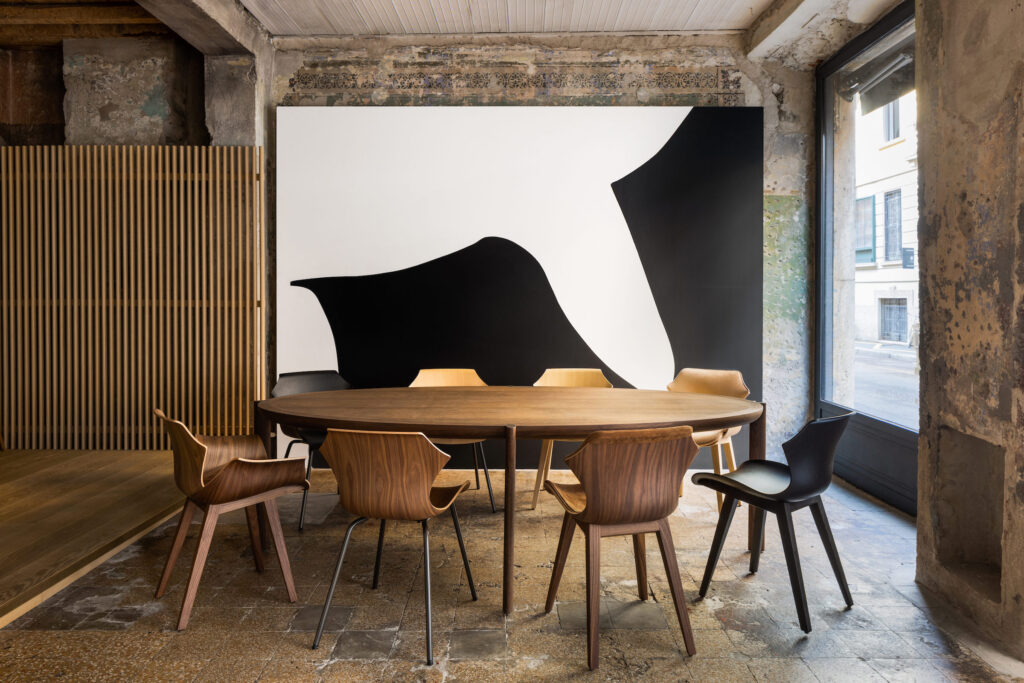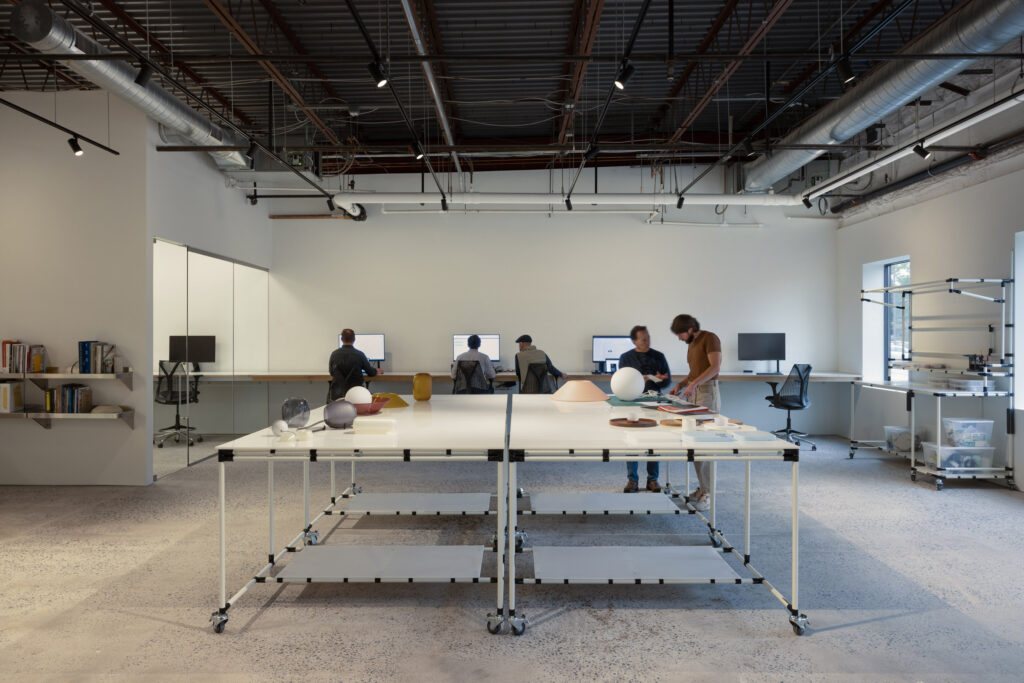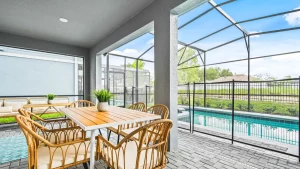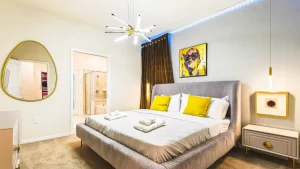When it comes to creating spaces that captivate and inspire, commercial interior designing plays a crucial role.
Commercial interior design is the process of creating and managing the design of commercial spaces such as offices, hotels, restaurants, stores, and other public spaces.
It combines several design elements, such as layout, lighting, furniture, and color scheme, to create a functional and visually appealing space.
In this article, we delve into the importance of commercial interior designing and its different types, uncovering the essence and versatility of each style.
Importance of commercial interior designing
The interior design of commercial spaces can influence the productivity, mood, and behavior of the people using them.
A well-designed and aesthetically pleasing commercial space can make a strong impression on clients, employees, and guests. It can also help to improve the image of a business and increase its revenue.
Veranda Interiors is a company that specializes in commercial interior design. They offer various services, such as furniture selection, space planning, and color consultation.
They have a team of experts who can provide you with a range of design options that cater to your specific needs and budget. From concept to execution, they will ensure that the design aligns with your brand, values, and goals.
Types of commercial interior designing
Following are the 4 main types of commercial interior designing which includes:
- Traditional commercial Interior designing
- Modern commercial interior designing
- Minimalist commercial interior designing
- Industrial commercial interior designing
1. Traditional commercial interior designing: timeless elegance reinvented
Drawing inspiration from classical aesthetics, the traditional commercial interior design exudes elegance, sophistication, and charm.
This style incorporates rich textures, intricate patterns, and ornate detailing. Warm colors, luxurious fabrics, and refined furnishings create a sense of opulence and timelessness.
Traditional interior design is often favored in upscale hotels, law firms, and high-end retail establishments.
2. Modern commercial interior designing: embracing clean lines and simplicity
Embodying the principles of minimalism and functionality, the modern commercial interior design embraces clean lines, open spaces, and a neutral color palette.
This style emphasizes simplicity, functionality, and the use of innovative materials. Modern design can be seen in contemporary offices, tech companies, and retail spaces that strive for a sleek, minimalist aesthetic.
3. Minimalist commercial interior designing: less is more
Rooted in simplicity and essentialism, minimalist commercial interior design focuses on decluttered spaces and clean aesthetics. Minimalist design often features neutral color schemes, simple forms, and a focus on natural light.
This style creates an atmosphere of tranquility and calmness, making it popular in spas, wellness centers, and boutique hotels.
4. Industrial commercial interior designing: embracing raw and urban elements
The industrial commercial interior design draws inspiration from converted warehouses and factories, embracing raw, exposed materials such as brick, metal, and concrete.
This style showcases unfinished elements and incorporates salvaged items, giving spaces a rustic and urban charm. Industrial design can be found in trendy restaurants, co-working spaces, and art galleries.
Factors to consider in commercial interior designing
When embarking on a commercial interior design project, several crucial factors should be considered. These elements contribute to creating a harmonious and functional space that aligns with the brand’s vision and objectives:
- Purpose and function
- Brand identity
- Ergonomics and comfort
- Sustainability
- Budget and timeline
1. Purpose and function
Understanding the purpose of the space and its intended function is vital for effective interior design. Whether it’s an office, retail store, or hospitality venue, the design should support the activities and requirements specific to that environment.
2. Brand identity
The design elements should reflect the brand’s identity, values, and desired image. Colors, materials, and decor choices should align with the brand’s aesthetics and help communicate its message to customers and employees.
3. Ergonomics and comfort
Ensuring the comfort and well-being of employees and visitors is essential. Ergonomic furniture, proper lighting, and thoughtful spatial layouts create a comfortable and efficient environment.
4. Sustainability
In an era of increasing environmental consciousness, incorporating sustainable design practices is crucial. Choosing eco-friendly materials, energy-efficient lighting, and implementing sustainable practices contribute to a greener and more responsible commercial space.
5. Budget and timeline
Setting a realistic budget and timeline is essential for successful project execution. Collaboration with experienced professionals, such as Veranda Interiors, can help streamline the design process, optimize resources, and ensure timely completion within budgetary constraints.
Commercial interior designing breathes life into spaces, elevating them beyond their functional purpose. Whether it’s the timeless elegance of traditional design, the clean lines of modern aesthetics, the simplicity of minimalism, or the urban charm of industrial style, each commercial interior design carries its own allure.
By considering factors such as purpose, brand identity, comfort, sustainability, and budget, businesses can create spaces that inspire, engage customers, and foster productivity.
With the expertise and guidance of Veranda Interiors, the journey towards exceptional commercial interior design becomes an immersive and rewarding experience, unlocking the full potential of every space.

